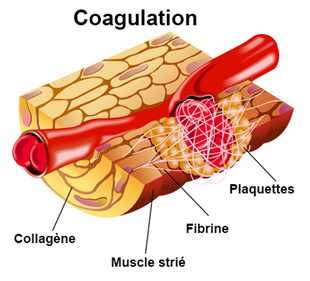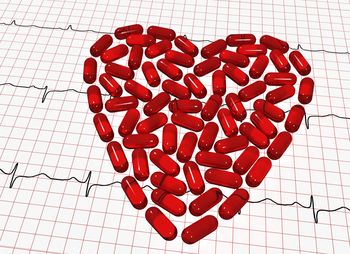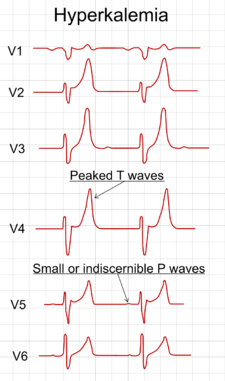Tag: Disorders
-

Hemostasis disorders
—
by
Introduction: Chronic renal failure (CKD) is characterized by complex hemostasis disorders that coexist a bleeding tendency and a prothrombotic state. Hemorrhagic manifestations: Clinical diagnosis: Hemorrhagic manifestations are often present in patients with CKD. These may be mild manifestations or extremely severe bleeding including haemorrhages of the gastrointestinal tract and subdural and retroperitoneal hematomas. In a study in…
-

Disorders of hydrosoded equilibrium
—
by
Introduction: A disorder of cellular and / or extracellular hydration results from a disorder of the water balance and / or of the sodium balance, which justifies the term “hydrosoded equilibrium”. The regulation of the water balance, based on the control of the effective osmolality, and that of the sodium balance, based on the control…
-

Manic Depressive Disorders in Adolescence
—
by
Introduction: In adolescence, manic-depressive disorders are of major interest. It is indeed a psychiatric disorder: • the genetic basis of which is well documented; • manifesting from puberty, in often “atypical” forms, then more and more “classical”; • particularly difficult to recognize in adolescence, on the one hand from a polymorphous and protean clinic, and on…
-

Psychomotor disorders in children
—
by
Introduction: The presence of psychomotor disorders in a large number of psychiatric or neurological disorders has been mentioned since the end of the 19th century (Wernicke, Kleist then Dupré, Baruk among others) and is still a topical subject.Thus, Hymas et al studied the presence of psychomotor disorders (slowness, motor incoordinations, motor stereotypies, dystonias, echopraxia, syncinesis)…
-

Sleep Disorders in Children and Adolescents
—
by
INTRODUCTION: The frequent occurrence of sleep disorders in children and adolescents has often led to the trivialization of these manifestations, or even to their integration in “normal” development and to underestimating the existence of real disorders, dyssomnias or parasomnias. Recent advances in the understanding of the physiopathology of sleep and wake mechanisms, particularly through the…
-

Arrhythmias, Antiarrhythmic Treatment
—
by
Warning: • The use of anti-arrhythmic (AAR) requires a specialist opinion: indications, against-indications, cardiac side effects and extracardiac, surveillance. • All antiarrhythmic has pro-arrhythmic effects, negative inotropic, humps conduction, sometimes bradycardia. • Carefully assess the risk / benefit of treatment AAR. • Specialist advice is necessary for explorations (echo, Holter, etc): . assess the severity…
-

Personality Disorders
* The égosyntonique character personality traits, while the symptoms are ego-dystonic, that is to say incongruous to me. * The libidinal development that anxiety of the subject seems to have fixed preferentially determining a preferred method of the object (oral personality or greed reflects the anguish of missing; anal personality dominated by the need to…
-

Electrolyte Disorders ECG
Dyskaliémies: Hypokalemia (<3.5 meq / l): * Increased wave U (nonspecific sign) * Flattening and negativity of the T wave (T + U draws a lying S) * ST cupuliforme Depression Hyperkalemia: * Wave symmetrical and sharp T, narrow base, tent (serum potassium of 5.5 to 6.4 meq) * The T waves are diffuse and…

You must be logged in to post a comment.